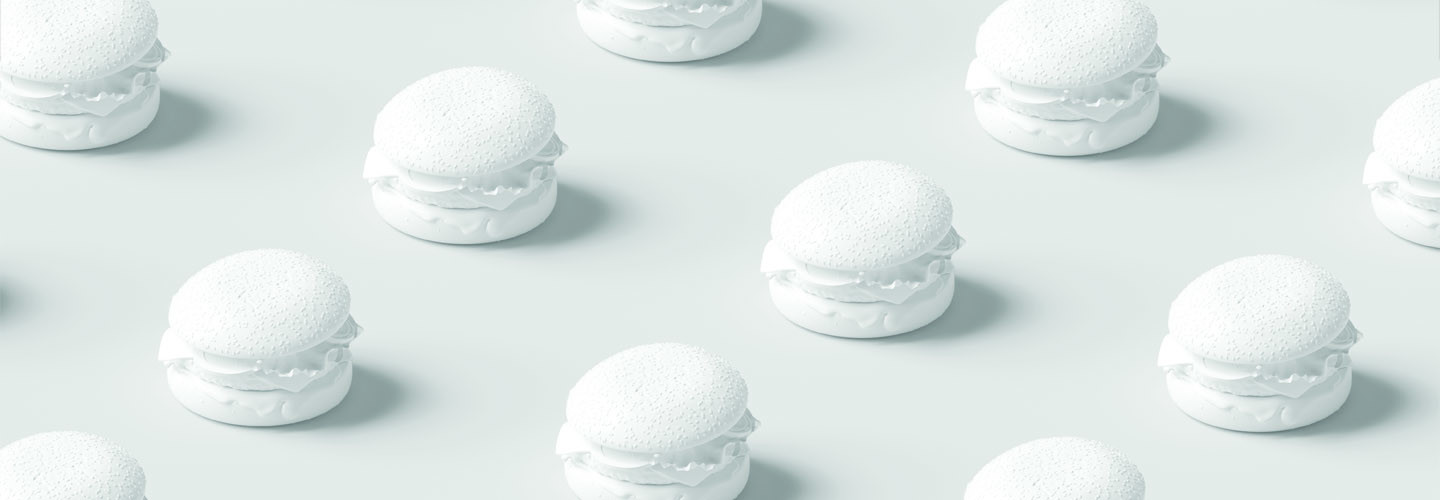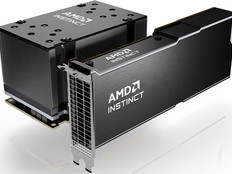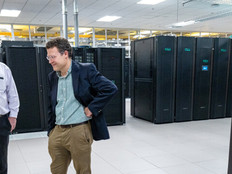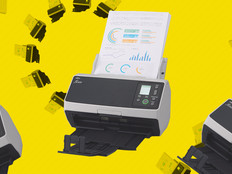Top Chefs May Win $1 Million to Feed Astronauts
The researchers hope to be able to create either lubricants or food from mixed waste. “There is more energy in the packaging of an MRE than in the MRE itself,” says Blake Bextine, the ReSource program manager.
DARPA’s new Innovative Nutritional Formulations program will expand this concept beyond the battlefield, providing food for people in areas where resupply is difficult or impossible, including disaster areas or places where the supply chain is broken.
The “resulting biomass,” which could be powder, paste or liquid, should be compatible with portable 3D printing technology. “The food will be evaluated for safety and its taste profile,” reports GCN, “though DARPA says the product should be assessed through chemical analysis, rather than by eating it.”
Meanwhile, NASA, along with the Canadian Space Agency, is running the Deep Space Food Challenge, which comes with a total of $1 million in prize money for the teams that create food production technologies that can make something edible — or at least nutritional.
The program is aimed at finding ways to provide Mars-bound astronauts with something to eat besides prepackaged food, but NASA believes the technology can be used to bolster disaster and humanitarian relief efforts on Earth.










